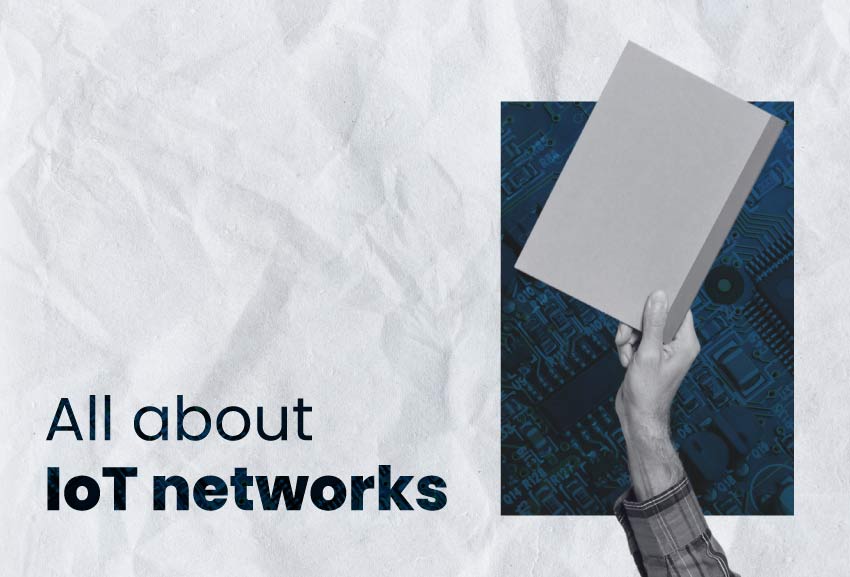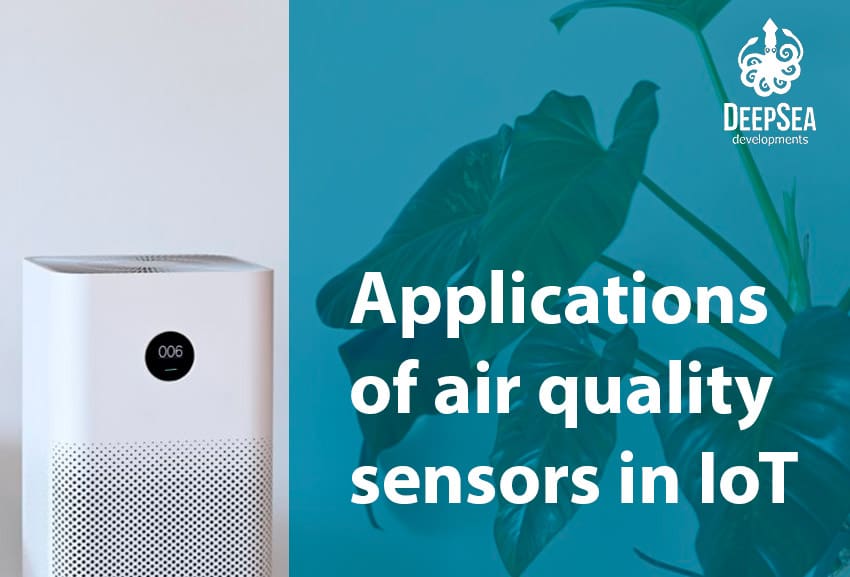What is an IoT network?
An IoT network can be defined as a set of devices and technologies that are used by IoT devices to communicate with each other, and with the intention of exchanging data without the need for human intervention.
An IoT network means communication among sensors, appliances, and software or applications. It is crucial to know what are the best networks in IoT, and choose the best that adapts to your device or product.
How do IoT networks work?
If you already know what is IoT, then you understand that IoT networks depend on devices to gather data in a cloud or edge server. The Internet of Things network consists of different components to work properly: IoT sensors, connectivity, interface, and processing.
There are different sensors that can be used in IoT. Depending on the project or area where the device is being used, different sensors will be needed:
- Temperature sensors.
- Humidity sensors.
- Motion sensors.
- Pressure sensors.
- Light sensors.
- Infrared sensors.
- Accelerometers.
- Gyroscope.
You probably have heard of accelerometers and gyroscopes, they are commonly used in smartwatches, smartbands, and cellphones. Temperature sensors are commonly used in smart thermostats and other home automation systems.
There are many IoT devices examples that rely on IoT sensors for gathering specific information.
You probably have heard of accelerometers and gyroscopes, they are commonly used in smartwatches, smartbands, and cellphones. Temperature sensors are commonly used in smart thermostats and other home automation systems.
There are many IoT devices examples that rely on IoT sensors for gathering specific information.
The interface means all configurations that are made to ensure the IoT devices work well according to certain requirements and specifications. For example, let’s say a device like a smartwatch is configured to send an alert to the user when the BPM (beats per minute) or heart rate of the user is very high and at risk of a cardiovascular accident. This alert can be shown in the screen of the device and also in the smartphone of the user.
Now, the connectivity capabilities depend on the types of network you want to use for your device, we will explore that below.
Types of IoT networks
IoT networking has evolved thanks to the proliferation of Internet of Things in several markets (from homes to industries), and in the same way, different types of networks for IoT have been built:
- WIFI / LoFi
- RFID
- BLE / NFC
- MESH protocols
- LPWAN
- Cellular (2G, 3G, 4G, and 5G)
For example, cellular networks are commonly used in smartphones, and this technology has been also adopted in the IoT Devices. In the mesh networks (which have a short range), a net of sensors distribute the information until it reaches the gateway. Zigbee is one of the most used IoT protocols for this purpose.
And LPWAN, on the other hand, has a longer-range of data transmission compared to Wi-Fi and Bluetooth. The big advantage of this network in IoT is that it consumes less power than cellular networks. We won’t expand a lot on the other IoT networks, however, we hope this short article gives you an idea on this topic, and you get more clarity regarding your IoT project.
If you are interested in IoT product development consulting, we invite you to get in touch with us. Our engineering experts will give you the best advice to implement the best IoT networks in your project.





